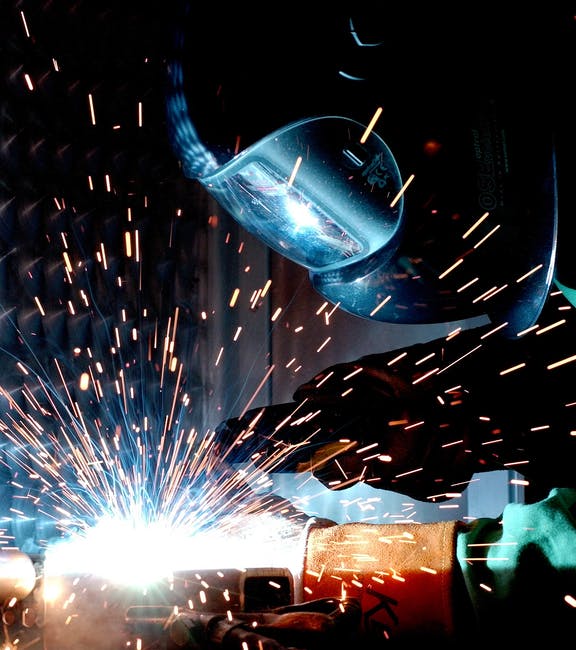According to the U.S. Department of Labor, every year over half a million metal workers in the United States are at risk of injury. Metal installation can involve handling hot materials that are dangerous if not handled properly. Manipulating metal in other ways, like hammering or grinding, can send fragments flying.
Fortunately, most metal installation injuries are a result of carelessness. Which means they can be avoided.
Whether you are planning a DIY project or run a business installing metal siding, there are a few safety rules that are important to keep in mind. Here are the three most important ones you should always follow.
1. Wear Safety Equipment
This may seem commonsensical, but you may be surprised to learn how many people neglect the importance of protective gear during metal installation. Proper eyewear, gloves, aprons, and safety boots are essential.
The Occupational Safety and Health Administration (OSHA) requires protective hearing gear when exposed to noises over 85 decibels for an eight-hour work shift. As a reference, many food blenders and garbage disposals run in the 80- to 90-decibel range. Hearing damage most often happens incrementally, so err on the side of caution when it comes to loud equipment.
Eye injuries related to welding are progressive as well. Helmets with protective shades are imperative for welding projects. And check for damage to all your protective gear to make sure it is in proper working order.
2. Use the Correct Tools
Using the right tool for the job can go a long way to ensuring safety. This can be as simple as paying close attention to what you are doing and keeping workspaces in order. That way you know, for example, that you’re always reaching for correct tongs when moving hot metals around.
If you don’t have the right tool for the job, stop and get it. Don’t substitute alternative equipment that you assume will be sufficient. Also, be sure that you and your workers have adequate knowledge of how to operate each tool they are using.
Make sure the equipment you are using is functional and in suitable condition. Don’t ignore hammers with loose heads or chattering grinders. These can be dangerous to you and your workers, even if they appear to be working.
You can detect defects by carrying out regular maintenance on your equipment. Don’t wait until you’re on the job to discover that the spark arrestor is clogged and needs cleaning.
3. Use the Correct Techniques
Proper technique can ensure a job is done properly and safely. Always take note of moving parts. Keep forge flames under control, and always point them away from you.
Welding and other metal installation processes can produce fumes. Make sure the area in which you are working is well ventilated to avoid extended exposure to these emissions. Using proper lifting and handling techniques for sheet metal is important for avoiding injury as well.
Develop safety routines and practices, like always treating any metal as if it is hot. And be sure your entire team employs these practices.
Professional Metal Installation
If you’re ever in doubt that a project is beyond the scope of your skills or expertise, it’s best to hire a professional. Welding services like Frontier Welding & Fabrication LLC have experience working in these hazardous conditions and can tackle almost any metal installation project. And most reputable technicians offer free quotes, so you have nothing to lose by reaching out.
Put Safety First
We hope this information on metal installation safety was helpful to you. Be sure to make use of the many different resources on our site, including other articles on design and construction. Also check out our bi-weekly podcast, where we talk with different industry leaders about their experience and expertise.

